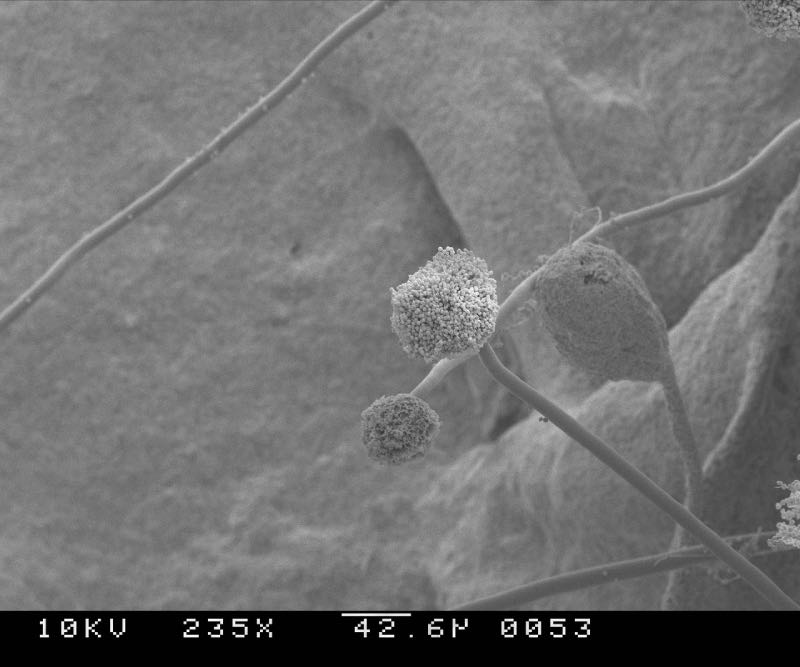While some might think that climate change or global warming is not a real thing, scientists are trying to warn people of the potential risks we’re facing. There are some threats that are invisible right now, but might become very dangerous in the future. One of the biggest threats is a fungus or common mould called Aspergillus fumigatus.
A Climate-Driven Shift in the Way Fungi Act
A recent study highlights a striking prediction: by the end of the century, the habitat range of Aspergillus fumigatus could increase by 77%, pushing the fungus deeper into northern Europe, parts of Asia, and across the Americas. This geographic expansion would place approximately nine million Europeans at risk of exposure to the airborne spores.

While this fungus is usually harmless to healthy individuals, it can be deadly for those with respiratory issues or compromised immune systems. People living with asthma, cystic fibrosis, or recovering from serious illness are particularly vulnerable, as the spores can cause invasive infections that are notoriously difficult to treat.
Can a fungus be that deadly?
As the fungus travels beyond its traditional habitat, healthcare systems in cooler regions—previously unaffected—may find themselves unprepared. Climate change is not just melting glaciers and warming seas; it’s enabling microscopic organisms to thrive in places they never could before.
Another species, Aspergillus flavus, is also projected to spread northward. Unlike fumigatus, this strain poses a dual threat: it affects human health and crops. It produces aflatoxins—toxic and potentially carcinogenic chemicals—which could contaminate food supplies in previously thought safe regions.
The real warning here isn’t just about one dangerous fungus. It’s about how warming climates create conditions where pathogens can cross natural boundaries—jumping into new ecosystems, human populations, and food chains. Scientists view this moment as a potential tipping point: if we don’t adapt our surveillance and health strategies soon, fungal diseases could become one of the next major global health challenges.
